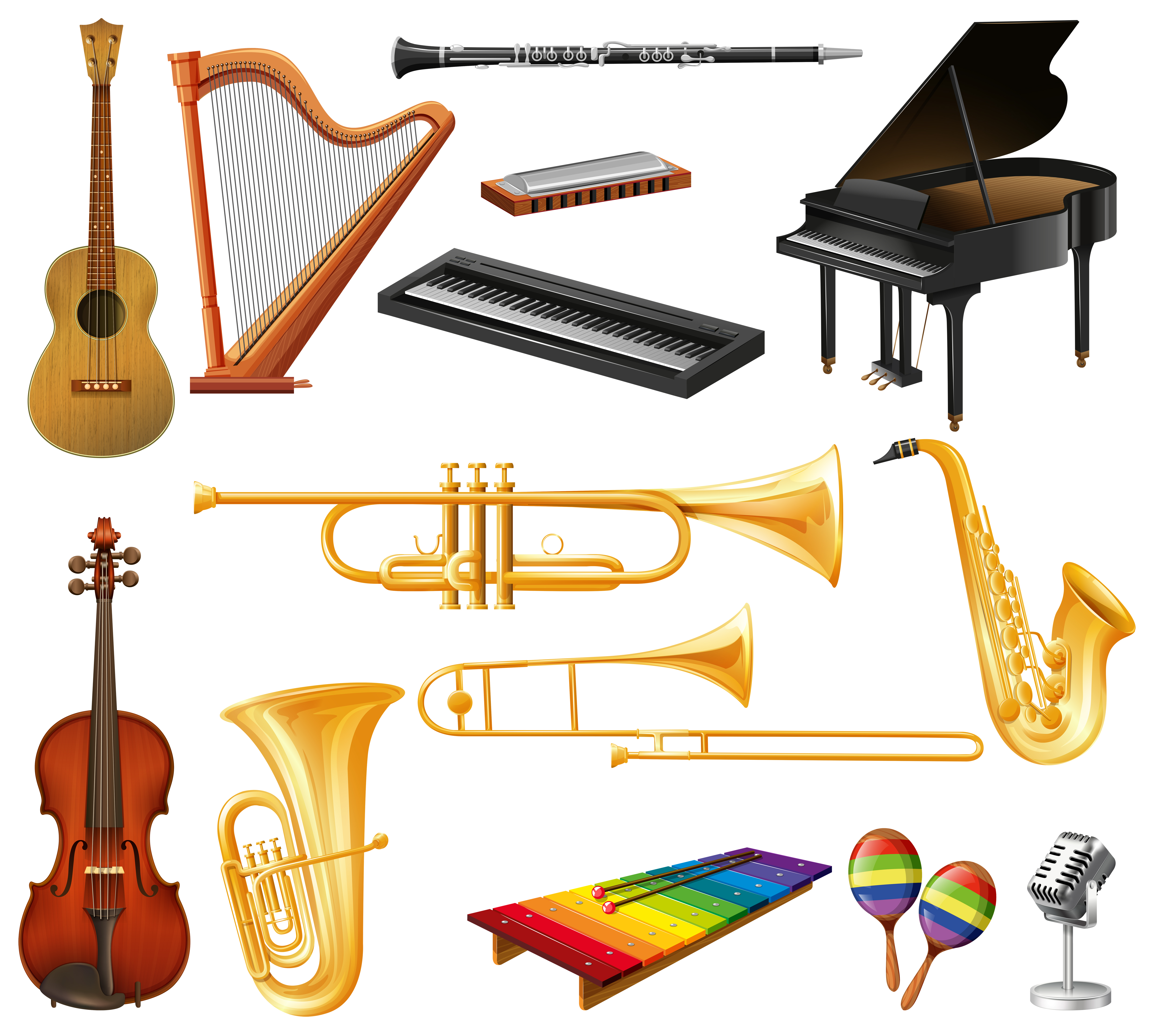
Learning an instrument is a great way to express yourself. It helps you develop your creative side and can unlock feelings that were previously dormant in you. It also improves your focus and concentration!
Timpani – large copper drums tuned to specific pitches. Brazil.
Oboe
The oboe, called an insternmint by many students, is a member of the woodwind family and one of the higher-pitched instruments at concert pitch. Its timbre is distinctive and can be heard over the orchestra due to its unique sound. It is also very versatile and can be played with great sensitivity. The oboe, which is a French instrument, has been a staple of the classical repertoire and a regular part of orchestras since the mid-17th century.
The oboe has a double-reed that is blown with air through the mouthpiece to make it vibrate. The oboist manipulates the reed by subtly changing embouchure to control its response to the wind and express nuances of timbre. Professional oboists fashion their own reeds from cane, a relative of bamboo, that is whittled, shaped and scraped to produce the required shape. The oboe has a conical bore, which differs from the cylindrical bore of flutes and clarinets. An oboist must pay attention to weather conditions, as temperature and humidity can affect the tone of an oboe.
Clarinet
The clarinet is a woodwind instrument with a wide range of notes. It can play from a nearly silent ppp to a painfully loud fff (only brass instruments are able to sound louder).
A clarinet is composed of several body pieces that are assembled with keys, rings and levers. The body is usually made of black or darkened wood, typically grenadill, an African hard wood. The keys are usually silver-coated metal.
Nineteenth century makers experimented widely with different key and fingering systems. Today the Boehm system is standard in most countries.
The hollow bore of a clarinet has a cylindrical shape, with an hourglass figure at its thinnest part between the upper and lower joints. This affects the tone quality of the instrument, which varies between its three registers: chalumeau (low), clarion or clarino (middle) and altissimo (high). The timbre of the clarinet can be influenced by various factors, including the musician’s style of playing, the type of music, the reed, humidity and temperature.
Bassoon
The bassoon, like the oboe and clarinet is a woodwind instrument. It has a conical bore with parallel bores, but unlike the oboe it is a closed-chamber instrument.
The basseoon’s sound is substantial, compact and inconspicuous. Its lower notes can be deep and rich, and its upper register has a lyrical character. For this reason it is frequently used for cantabile passages. Its voice blends well with most other woodwinds, especially with cor anglais.
Its playing range extends from B-flat1 to F5. The left hand operates four keys. The index finger stays on the central key of the wing joint, serving for E5. It can also move to a lever for F3, G3 and D3. The middle finger moves to a key that opens the large circular hole at the tenor joint; this key is used for triads in the lower register and trills in the upper register. The right thumb operates two keys. The first is a lever for E5 and the second, which opens only one tone hole, is mainly used for multiphonics, whereby multiple partials of the fingered note speak simultaneously.
Tuba
The tuba is the lowest-pitched instrument in the brass family. Like other brass instruments, it produces sound by vibration of the lips – a buzz – into a mouthpiece. Unlike woodwind instruments that use a reed, the tuba uses valves that open and close different parts of the pipe to change its pitch.
Tubas were first introduced in the 19th century to solve a problem for military and dance bands in need of a bass voice. Hector Berlioz was one of the first composers to develop enthusiasm for tubas and quickly replaced the ophicleide with them.
A basic tuba is a long tube of brass, with holes that are covered and uncovered by depressed valves operated by padded levers. A fifth and sixth valve can be added to provide alternative fingering possibilities and improve intonation. Adding valves also lowers the pitch of the instrument. The fast rate of flare for tubas allows overblowing only up to the eighth natural (eight semitones downward). The tuba is usually tuned to concert pitch but can be used at military or dance band pitch.